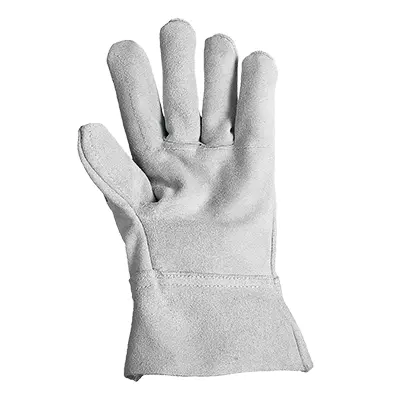
Sir Safety System
Sir Safety System logo
Sparta Glove Grey, 12 pairs
Sir Safety System
Sparta Glove Grey, 12 pairs
Sir Safety System logo
4.9 / 5
33,70 €
37,60 €
Price per 12 pairs
2,81 € / pair
Estimated delivery: Fri Nov 14 - Mon Nov 17
Choose size
Shipping fee is 4,74 € for orders under 150,00 €
Product description
Product Features:
- Made of top-quality split leather
- Double layer on palm and fingers
- 7 cm split leather cuff
Standard:
- EN 388 4244X